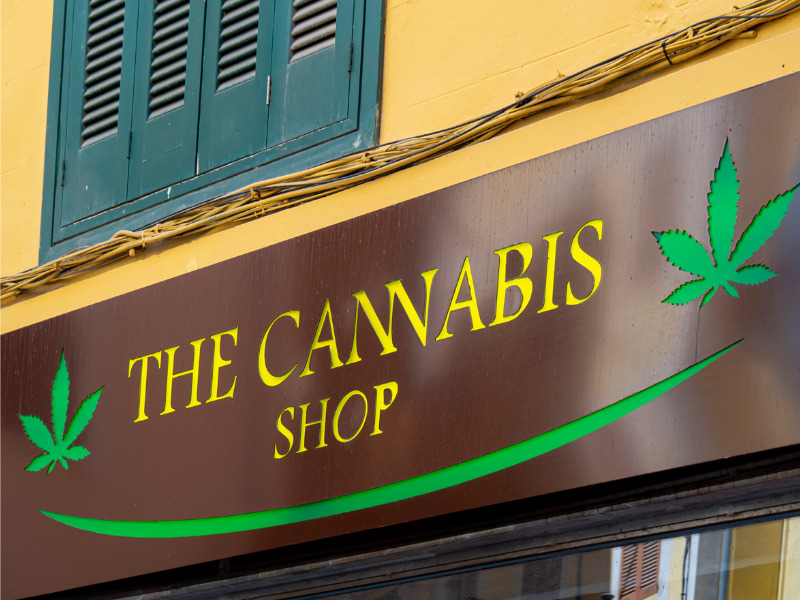The state of the cannabis insurance market in 2023

Even though inflation cooled to 4.3% in March from a high of 8.1% last summer, its effect is still being felt on personal and commercial lines alike.
The cannabis insurance market is no exception. Carriers across the board are looking for a 7% to 9% rate increase on the replacement cost of buildings, “where two or three years ago, it might have been quite a bit less,” said Marc-Anthony Manion, a commercial insurance underwriter with Burns & Wilcox Canada.
Generally, carriers are seeking a 5% to 7% increase at a minimum, Manion added, with a high of 7% to 9%.
“Our markets are very conscious of this [increase],” Manion said in a recent interview with Canadian Underwriter. “They don’t want to be turning over policies that may have been on the books for a few years at the replacement cost when we first wrote it.”
Manion was discussing the current state of the market and whether there have been shifts in cannabis carriers’ appetites. He said carrier appetite has remained “fairly similar” over the last few years, but some insurers are seeking rate increases for extraction facilities, where they ask for rates to remain higher than more simple grow operations.
“That would be specifically explosion or fire losses during the extraction process,” Manion added. “We’ve seen a couple of claims there.
“They’re not really coming back or limiting any capacity in any way. It’s more just being careful that they’re getting adequate rate for the exposure, especially on those extraction facilities.”
On the smaller or retail side of the business, the most common losses are theft and break-and-enter, Manion reported. “So, there is a real push from the markets that the insureds do put in shatterproof film or bars on windows, just so that we can mitigate the theft and total losses…”
Consolidation is also happening, whether it’s larger licensed producers (LPs) buying smaller ones or two or more entering into contracts together. And new cannabis collectives or groups of dispensaries are popping up from coast to coast, Manion said.
Many LPs are trying to get into diverse cannabis products like edibles, oils and vapes, as they have become increasingly popular in the last few years, he added. “A lot of times there is a greater profit margin for the LP to be made,” which helps counter smaller revenue projections for these businesses than in years past.
Burns & Wilcox is also seeing an uptick in micro licences on the growing and processing side, which could be attributable to a smaller scale of operation that makes it easier financially to get off the ground and running.
In terms of emerging trends, the MGA is seeing a number of retailers being bought by a single owner. “This leads to multiple dispensaries being owned by one individual or company — and we expect this trend to continue.”
Despite the consolidation and changes in the market, Burns & Wilcox “expects rates to likely remain steady for all operations.”
Feature image by iStock.com/Olga PS







